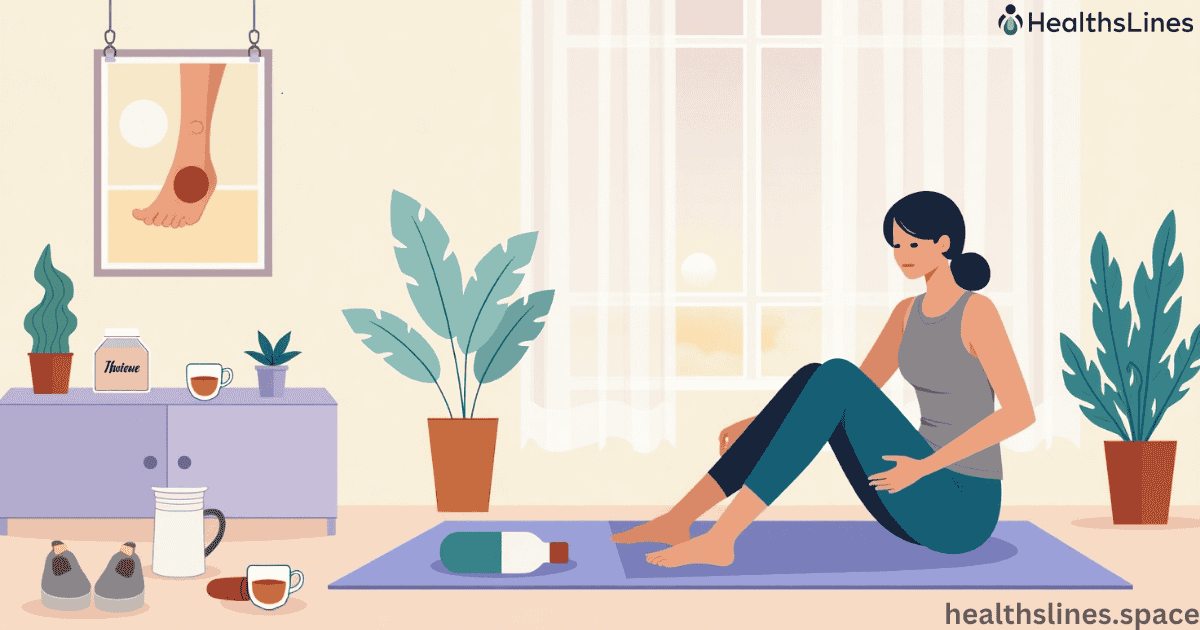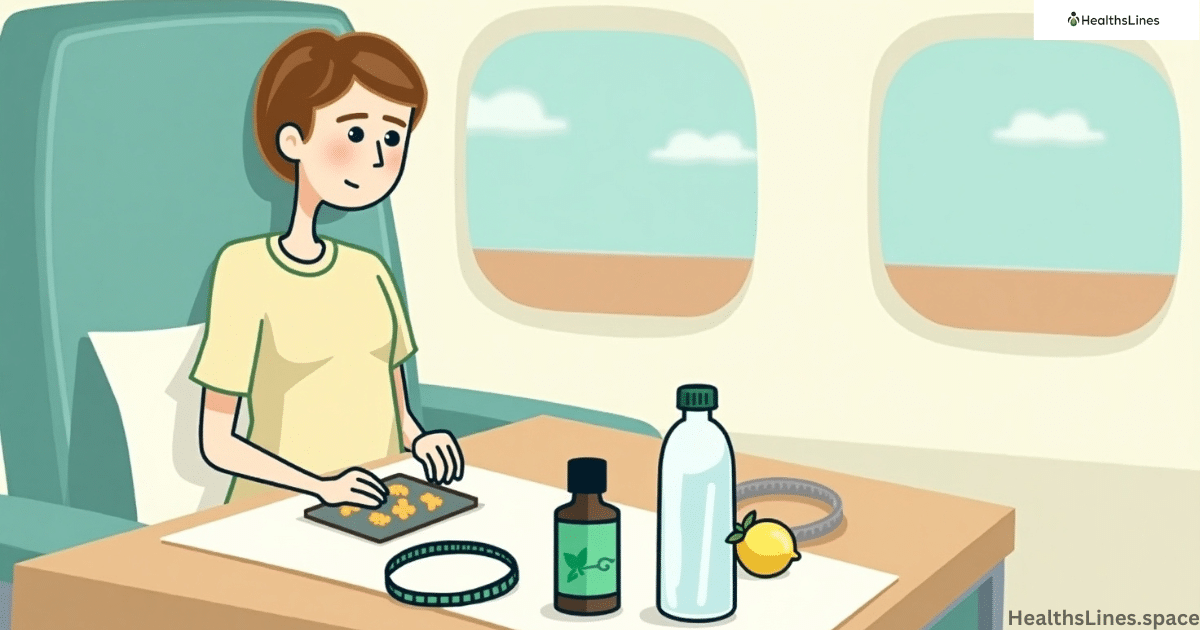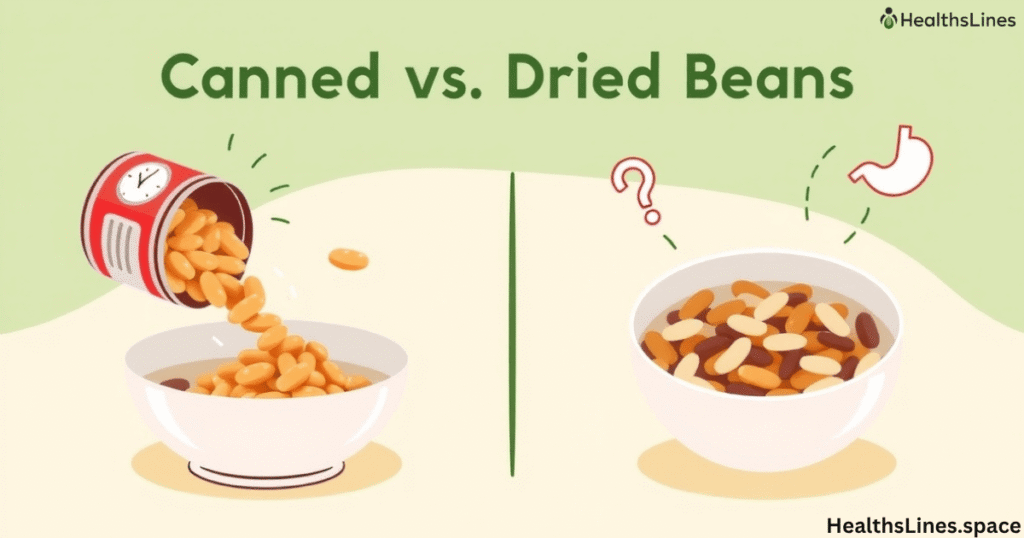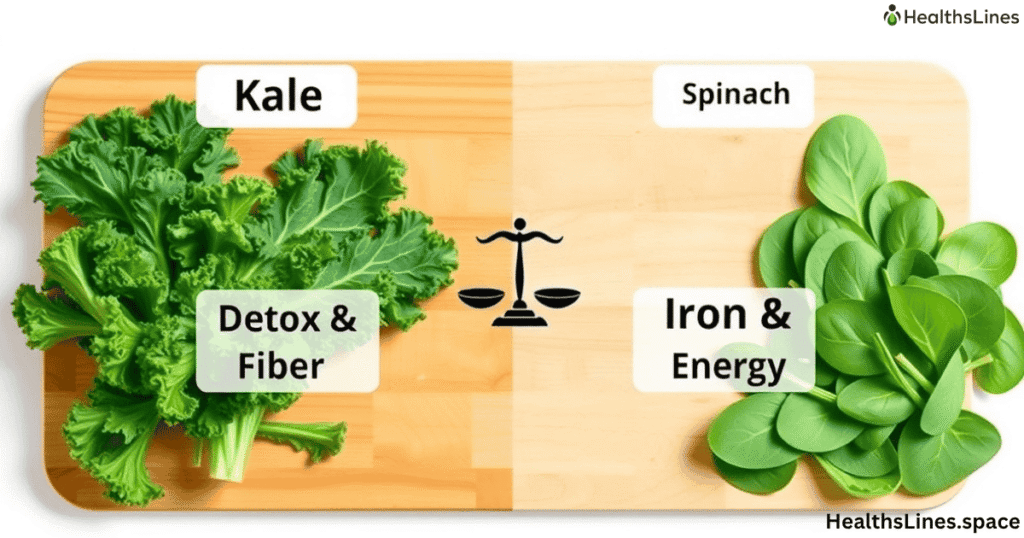Heel pain can ruin your day before it even starts. If you feel a sharp sting in your heel when you wake up or after walking for long hours, you might be dealing with plantar fasciitis. This condition is common and affects millions worldwide. Luckily, there are many plantar fasciitis home remedies that can ease the pain and help you heal naturally.
This article shares 15 proven home remedies for plantar fasciitis, based on real treatments that work. You’ll also learn why plantar fasciitis hurts in the morning, how long it takes to heal, and when it’s time to see a doctor. These tips will help you find the best home treatment for plantar fasciitis and support your recovery.
What Is Plantar Fasciitis?
Plantar fasciitis happens when the thick tissue at the bottom of your foot, called the plantar fascia, becomes inflamed or torn. This tissue connects your heel bone to your toes and helps absorb shock when you walk. When it’s overused or stretched too much, it can cause foot pain in the morning, soreness, or even swelling.
This condition often shows up in runners, people who stand for long hours, or those with flat feet or high arches. Other common causes include wearing poor footwear or gaining weight quickly. The result is stabbing pain near your heel, especially with the first steps in the morning or after rest. The good news is you can treat it at home with proven and natural remedies.
15 Remedies for Plantar Fasciitis Pain at Home
Finding the right plantar fasciitis treatment at home can save you time and money. Many of these treatments focus on reducing inflammation in foot, improving flexibility, and giving proper support to your arches.
1. Ice Therapy for Inflammation
One of the fastest ways to get heel pain relief is with cold therapy. Frozen water bottle therapy works well for this. Just freeze a bottle of water and roll it under your foot for 15–20 minutes, twice a day. This helps reduce swelling and numbs the pain. It’s a simple yet powerful natural cure for plantar fasciitis that you can do daily.
2. Essential Oils for Foot Pain
Using essential oils for foot pain can provide soothing comfort. Oils like lavender, peppermint, or eucalyptus reduce pain and ease tension. Mix a few drops with coconut oil and gently rub the mixture into your heel and arch. This method is calming and can help reduce inflammation naturally.
3. Calf Stretches for Foot Pain
Tight calf muscles pull on the plantar fascia. Doing calf stretches for foot pain loosens your legs and takes pressure off your feet. You can try a wall calf stretch by leaning forward with one leg behind you. Hold for 30 seconds and switch sides. Repeat several times a day. Stretching helps increase flexibility and speeds up recovery.
4. Toe Curls and Foot Muscle Exercises
Strengthening your feet is part of any plantar fasciitis natural treatment. Try picking up small objects like marbles with your toes. These foot muscle exercises boost strength in your arch and improve balance. When done daily, they support your feet and reduce the chance of flare-ups.
5. Foot Massage with Tennis Ball
A foot massage with tennis ball is one of the easiest ways to ease arch pain. Roll your foot over a tennis or lacrosse ball for five to ten minutes. It helps release tight tissue and improves blood flow. You can do this while watching TV or working at your desk.
6. Epsom Salt Foot Soak
An Epsom salt foot soak is another relaxing method for foot therapy at home. Soak your feet in warm water with Epsom salt for 15–20 minutes. The magnesium in the salt may help reduce inflammation and soften the fascia. This method also calms the nerves and can ease soreness after a long day.
7. Supportive Shoes for Heel Pain
One of the biggest mistakes people make is walking barefoot, especially on hard floors. Using supportive shoes for heel pain is key to healing. Choose shoes with good arch support, cushioning, and a strong heel. Walking without support can worsen your pain. Wear indoor shoes if needed.
8. Orthotic Shoe Inserts
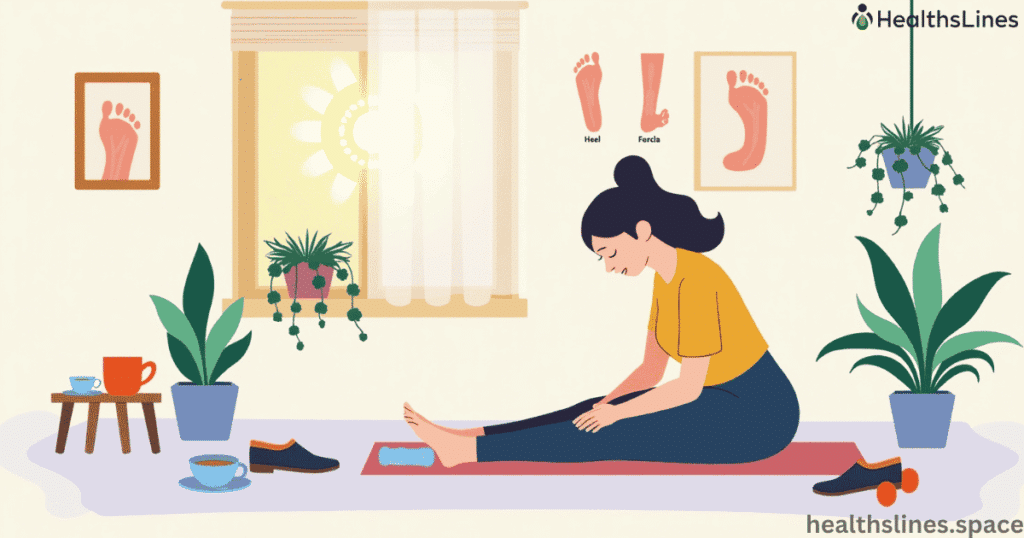
Using orthotic shoe inserts or heel cups for plantar fasciitis provides extra support. These inserts align your foot properly and reduce strain on the plantar fascia. You can buy them online or at drugstores. Some are made for flat feet, while others focus on heel cushioning. Find what suits your foot shape.
9. Night Splint for Plantar Fasciitis
Sleeping with a night splint for plantar fasciitis keeps your foot stretched while you rest. This prevents morning pain by stopping the fascia from tightening overnight. It may feel odd at first, but many people notice results in a few weeks. These splints can be bought online and come in soft or rigid forms.
10. Avoid Barefoot Walking Indoors
Walking barefoot can delay healing. Hard floors put pressure on your heel and arch. Always wear shoes or sandals with arch support indoors. This helps reduce irritation and is a simple change that supports recovery.
11. Replace Old Running Shoes
Running with plantar fasciitis in worn-out shoes is risky. Athletic shoes lose cushioning after 300–500 miles. Check the soles for wear and replace them if they’re flat or uneven. Wearing the best shoes for foot support protects your feet and helps you stay active without added pain.
12. Healthy Weight for Foot Pressure
There’s a strong link plantar fasciitis. Extra body weight puts stress on the foot and delays healing. Losing even 5–10 pounds can ease pressure on your fascia. Eat a balanced diet, and try low-impact exercise for heel pain like swimming or cycling to stay fit without worsening symptoms.
13. Turmeric for Inflammation
Natural anti-inflammatory remedies like turmeric for inflammation can support healing. Curcumin, the active compound in turmeric, helps reduce swelling and pain. You can take it as a supplement or mix it into warm milk or tea. Always talk to a doctor before using supplements regularly.
14. Kinesiology Taping for Foot
Kinesiology taping for foot pain supports the arch and reduces stress. You can apply special tape across the heel and arch in a way that lifts and supports the fascia. Videos and guides online show how to do this safely. Taping helps during workouts or long days on your feet.
15. Avoid High-Impact Exercises
Running, jumping, or high-impact aerobics can worsen your symptoms. Stick to low-impact exercise for heel pain like walking, swimming, or biking. Letting the tissue heal without stress is one of the most important home remedies that work fast for heel pain.
When to See a Doctor for Plantar Fasciitis
Sometimes home remedies are not enough. If you’ve tried plantar fasciitis treatment at home and your heel still hurts after a few weeks, you should think about seeing a doctor. Heel pain when walking that gets worse, numbness, or swelling that doesn’t go away could be signs of something more serious. Doctors can do imaging tests or a physical exam to check if your pain is caused by a tear, a heel spur, or nerve damage. You might also need physical therapy, custom orthotics, or in rare cases, a cortisone injection. A doctor will also make sure you are not missing a bigger problem like arthritis or tendon issues. Don’t wait too long—early care can help you avoid chronic pain. Getting help early may also shorten your plantar fasciitis recovery time at home. If you’re unsure, ask yourself: has the pain lasted longer than three weeks? Is it affecting your walking or sleep? Are you unable to stay active? If yes, it’s a good idea to talk to a medical expert.
How Long Does Plantar Fasciitis Take to Heal?
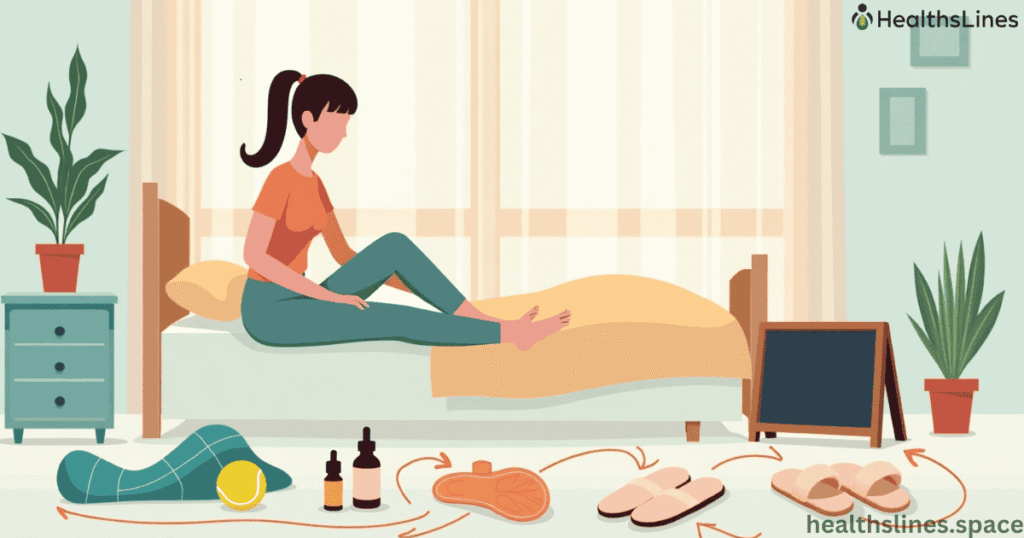
Recovery time depends on how severe the problem is and how early you start treatment. Most people see results in 6–12 weeks with consistent plantar fasciitis treatment at home. In chronic cases, healing might take up to 6 months. Using natural treatment for plantar fasciitis, wearing proper shoes, and avoiding triggers are keys to faster recovery.
Here’s a table showing average recovery time based on treatment methods:
| Treatment Type | Average Recovery Time |
| Home remedies (daily use) | 6–12 weeks |
| Without treatment | Over 6 months |
| Medical therapy + home care | 4–8 weeks |
| Severe cases with cortisone or PT | 8–16 weeks |
Final Thoughts
The best way to treat plantar fasciitis is to act early, stay consistent, and support your body’s healing process. Combining stretches, support, and anti-inflammatory remedies gives the best results. Whether you use ice therapy, massage, or a night splint, the key is to stick with your routine. Avoid high-impact activities, wear proper shoes, and stay patient.
These 15 plantar fasciitis home remedies can give you long-lasting heel pain relief without medication or surgery. If your pain doesn’t improve after several weeks, it’s smart to speak with a doctor. But for many people, the path to healing starts right at home—one step at a time.
